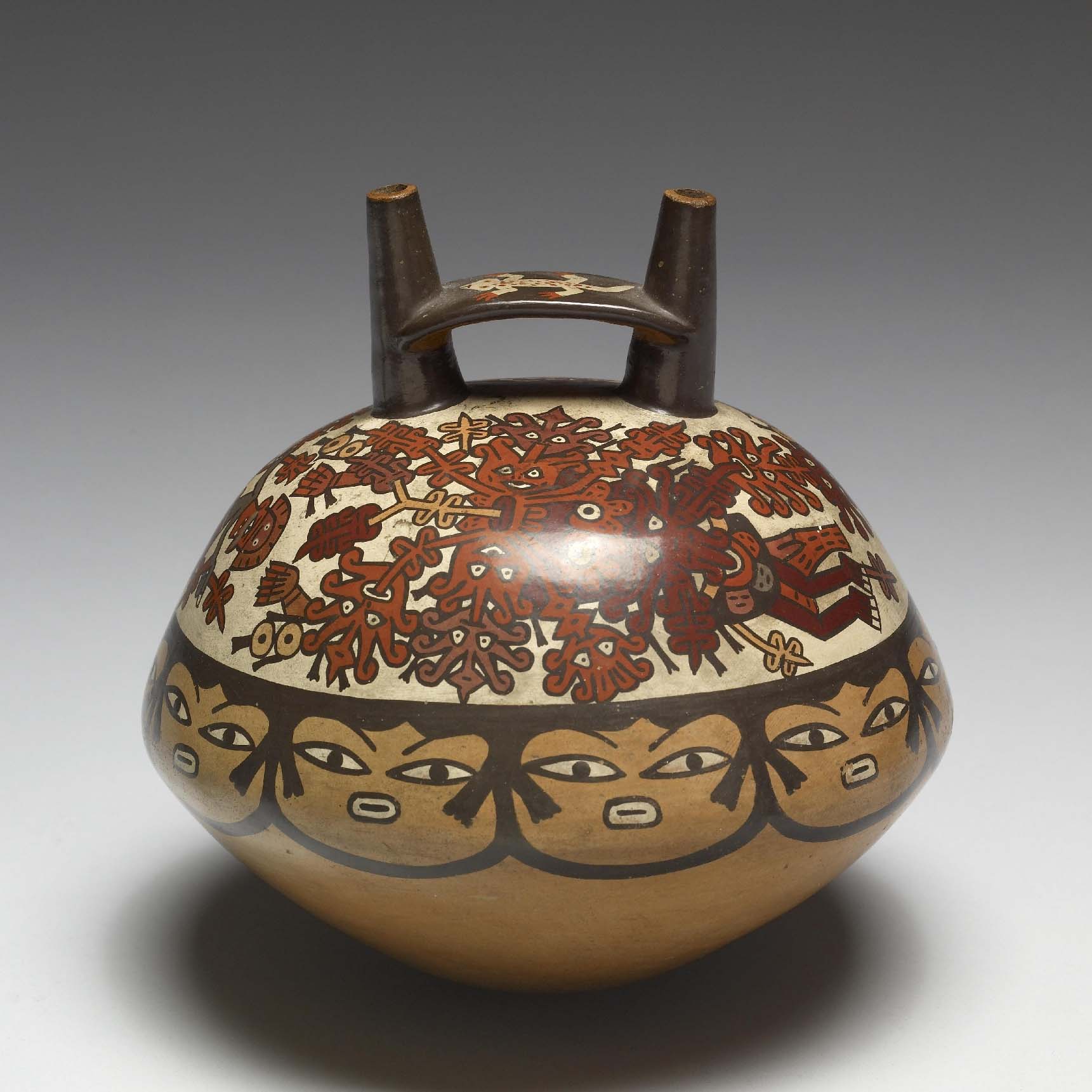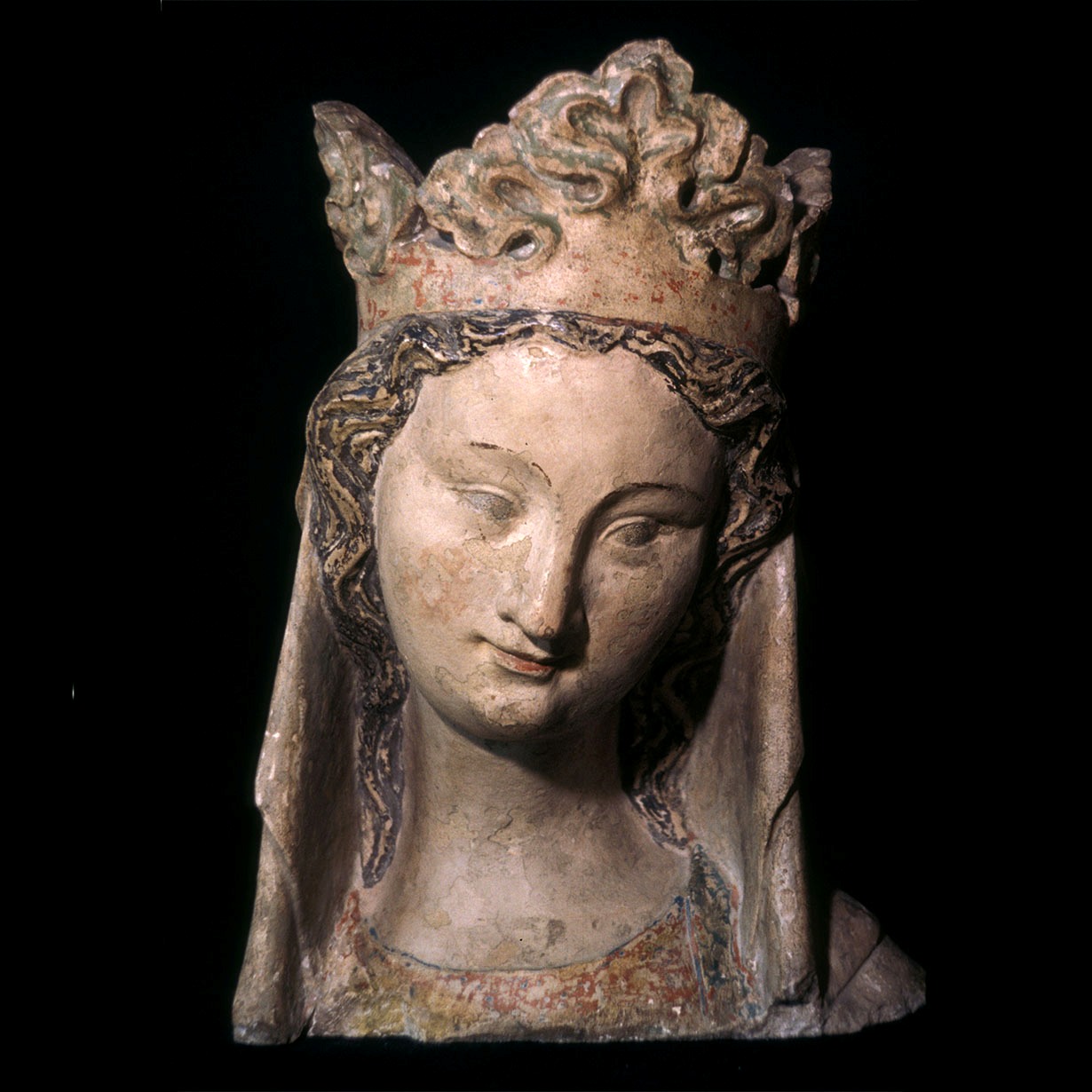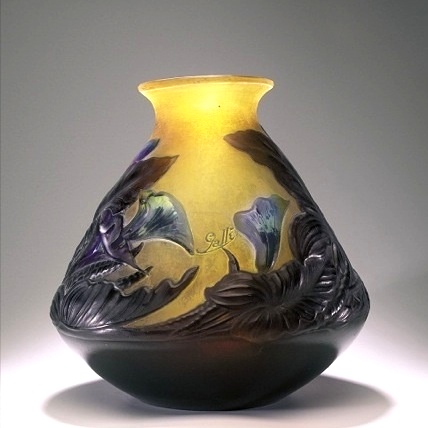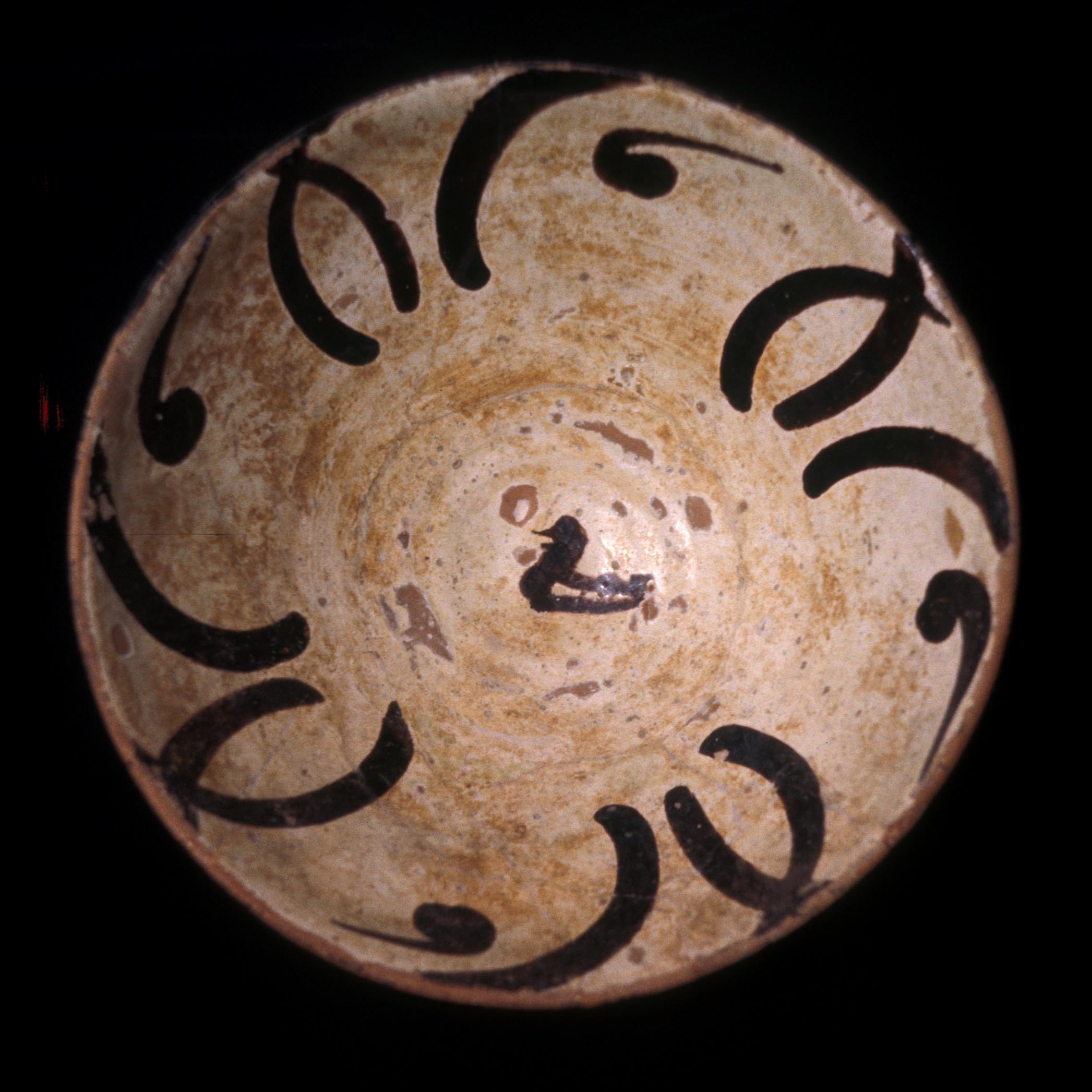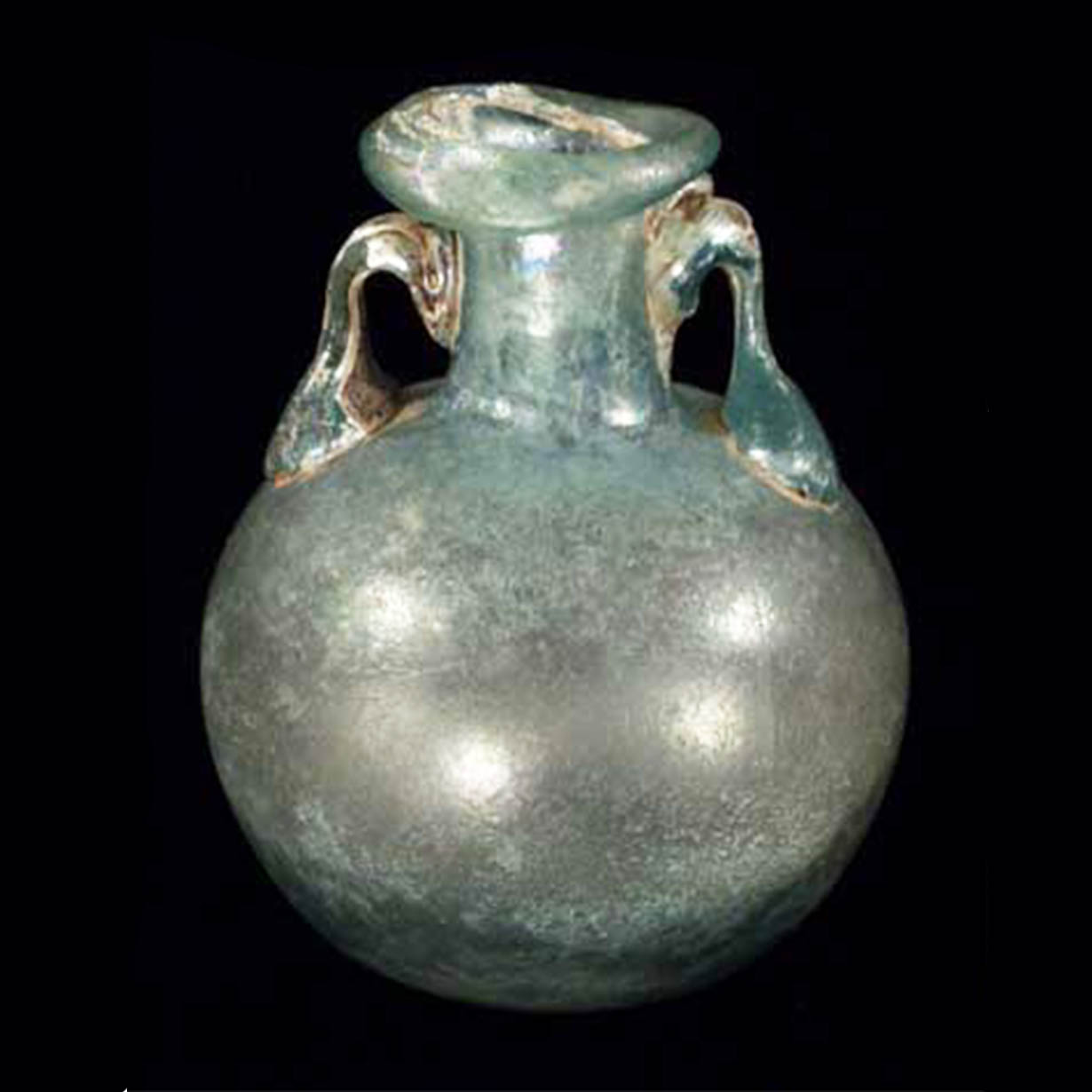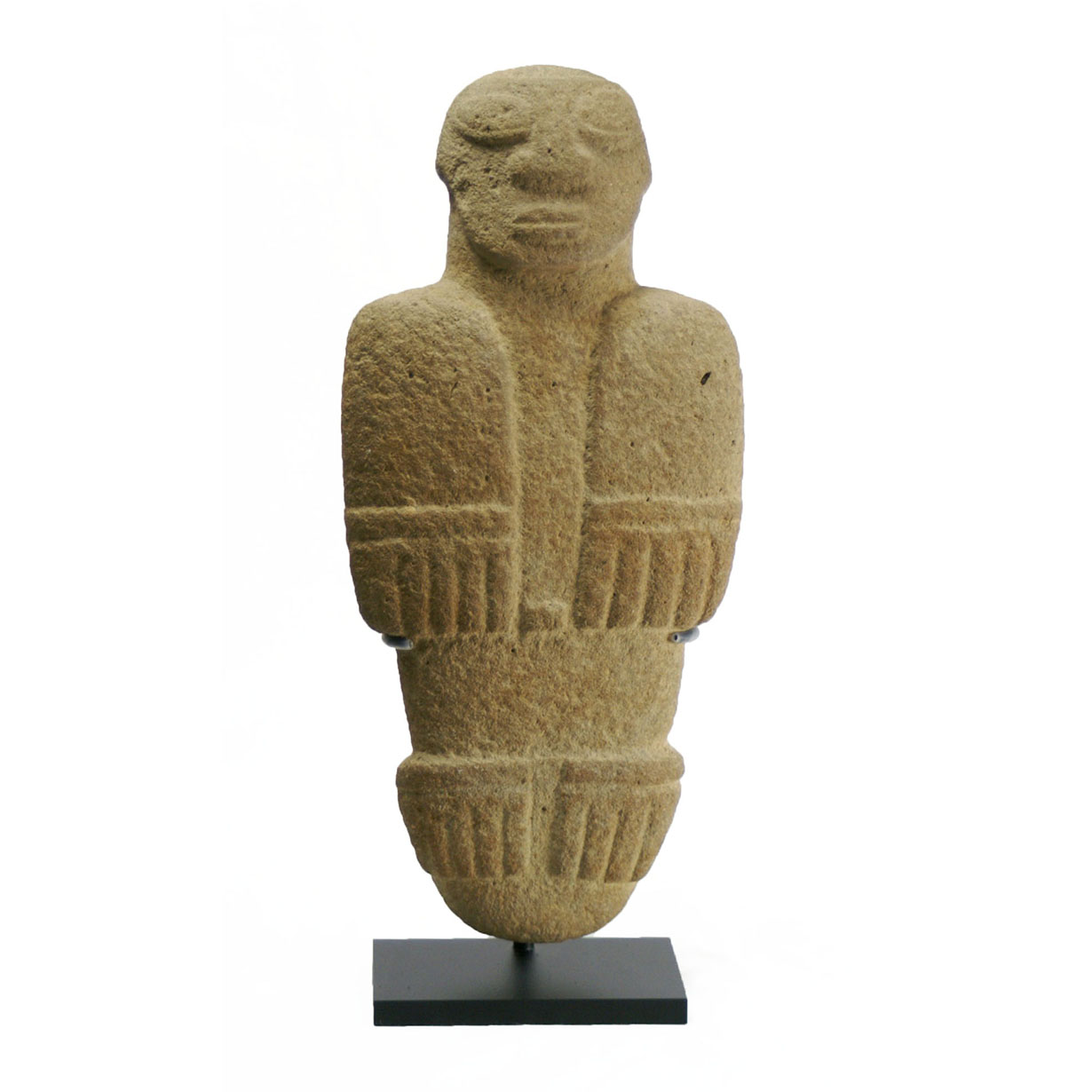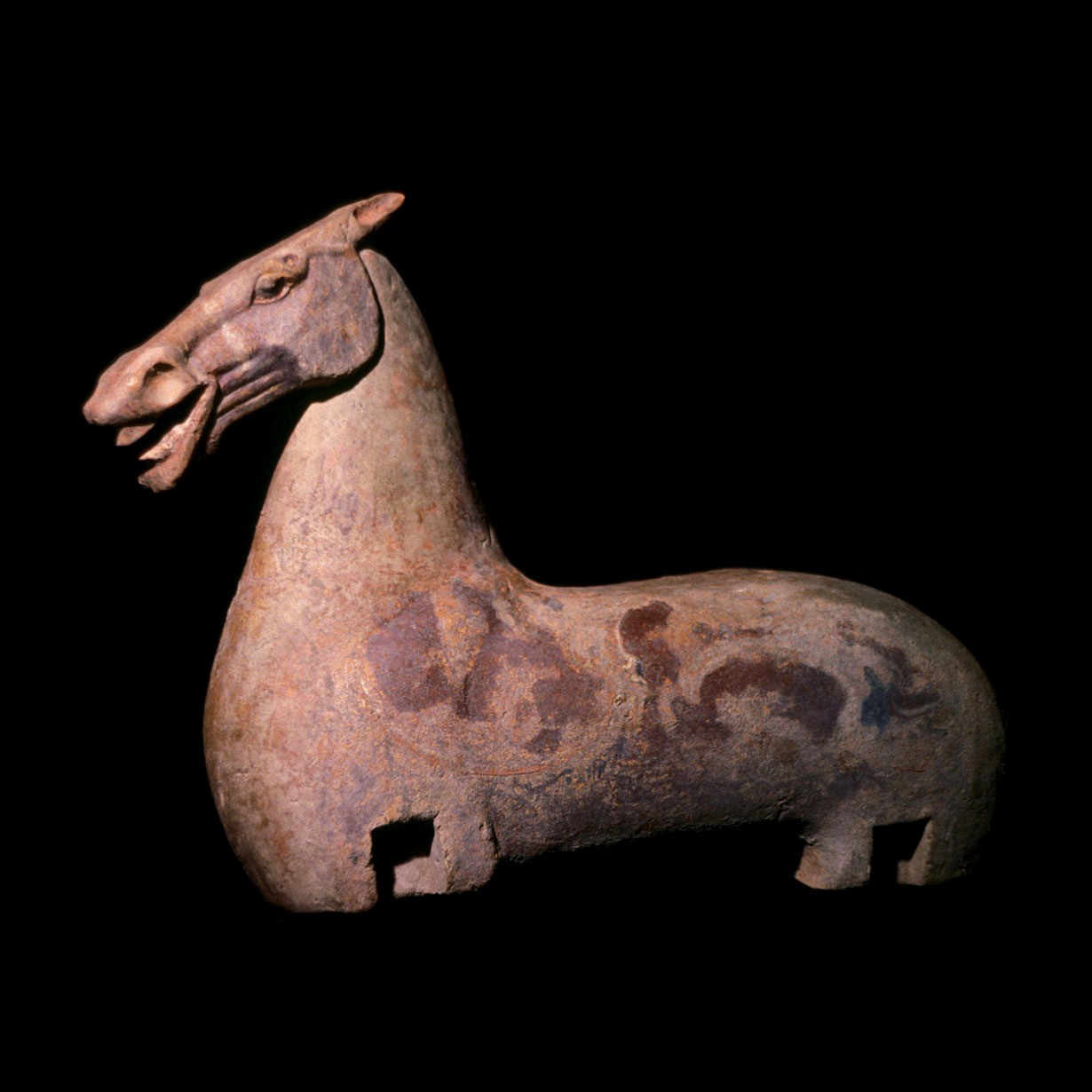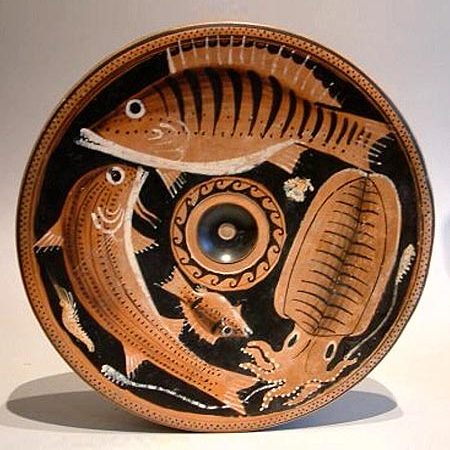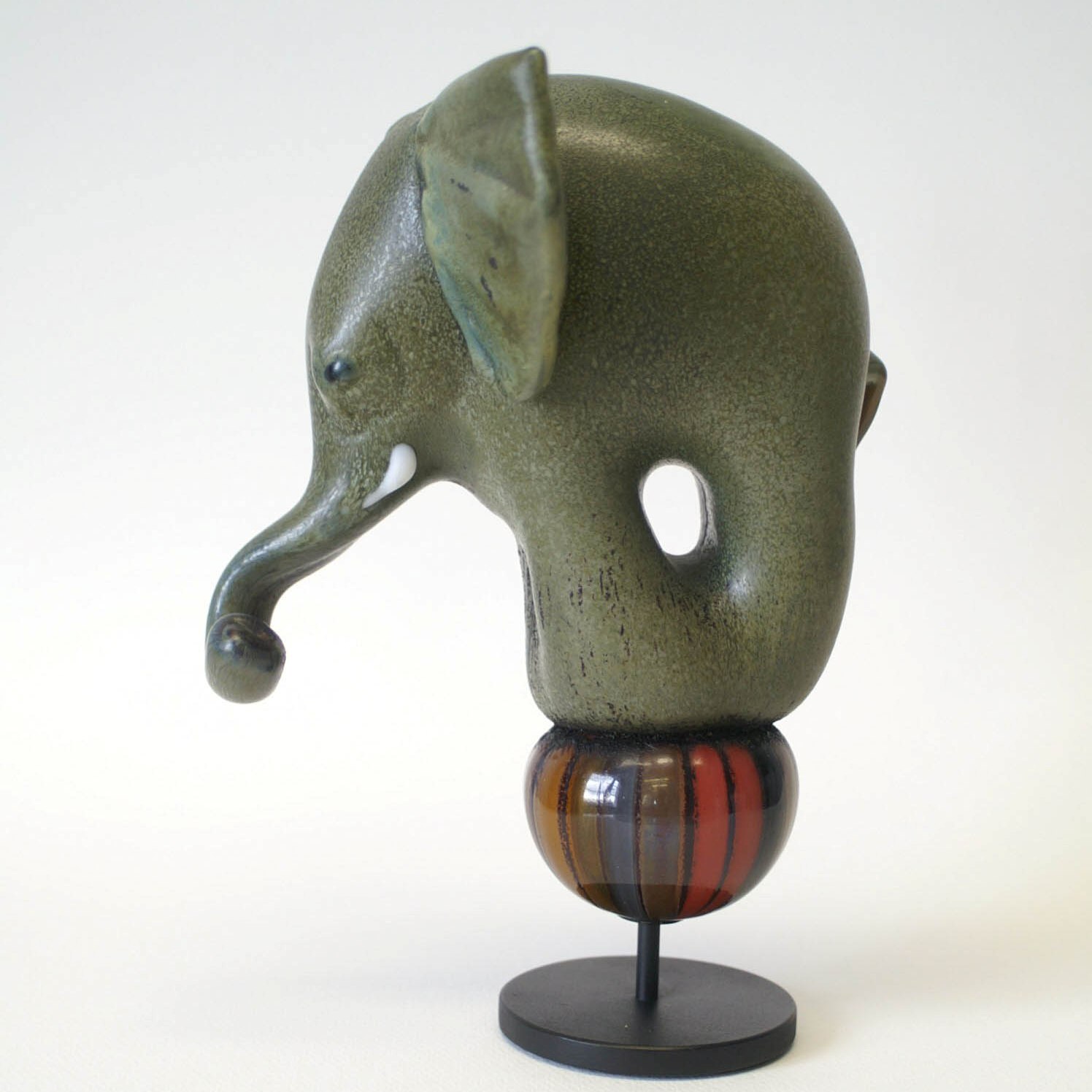Ceramics:
Depending on firing temperature and composition, ceramics can be more or less resistant to degradation processes. The most common damage is fragmentation occurring either by burial conditions or by handling or using the object. For the reassembly of such fragmented ceramics reversible and stable adhesives are being used. Gaps can be filled and retouched if necessary. Archaeological ceramics can be contaminated by salts that can lead to severe damage by re-crystallisation just below the surface because of fluctuating relative humidity. Such objects have to be desalinated either by baths or poultices. Calcareous deposits on the surface can also be removed if visually disturbing. When dealing with very porous low fired or damaged ceramics, a surface consolidation may be necessary.
Glass:
Glass often breaks due to bad handling or inadequate storage conditions. When reassembling glass, the adhesives used are chosen according to their refractive index in order to make the join almost invisible. These adhesives are usually epoxy resins. If the refractive index is of no importance, like for example in weathered archaeological or opaque glasses, more reversible acrylic adhesives are used.
Stone:
Stone artefacts may also need to be reassembled if fragmented. The choice of adhesive will depend on the stone, its size and the stress that results on the join. Reversible acrylic resins can be used just as well as very strong epoxy resins. Gaps are filled with resins that are bulked-up with fine ground materials that will imitate the surface of the stone. Just as with archaeological ceramics, desalination or surface consolidation can become necessary with stone artefacts.

